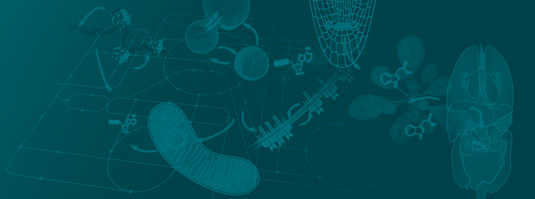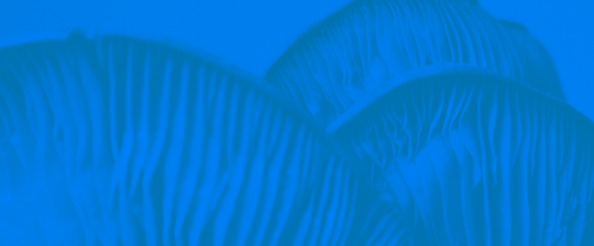Prof. Dr. Michael Köttgen (CIBSS-AI), Department of Internal Medicine IV, University Medical Center, Faculty of Medicine
Mutations in polycystin-1 (PC1) and polycystin-2 (TRPP2) cause autosomal dominant polycystic kidney disease. Loss of polycystin function leads to cystic transformation of kidney tubules and kidney failure. The polycystins form a receptor-ion channel complex that employs Ca2+ as a second messenger. However, it is not known how Ca2+ signals are translated into morphogenetic programs controlling the shape of epithelial tubules, blood vessels or processes such as left-right patterning. We hypothesize that local Ca2+ signals are critical to regulate specific downstream factors in polycystin signalling micro-domains to control cell and organ shape. We have identified novel proteins in the polycystin signalling cascade using a combination of unbiased proteomic and forward genetic approaches. These studies have uncovered a novel mechanistic link between cilia-mediated Ca2+ signaling and mitochondrial metabolism as well as actin-myosin-mediated cell shape regulation. The spatiotemporal pattern and integration of these signalling events is unknown. In this project, we are studying the spatiotemporal pattern of polycystin signalling using genome-edited cells in tubule-organoids and in a newly developed reporter-mouse model.






